 This morning through a local station, the corporation received a call from the citizens indicating that there was a dead dolphin on the beaches of Riohacha, in the sector known as the Valley of the Crabs.
This morning through a local station, the corporation received a call from the citizens indicating that there was a dead dolphin on the beaches of Riohacha, in the sector known as the Valley of the Crabs.
Immediately, Corpoguajira officials moved to the place, where they actually found that it was a striped dolphin (Stenella coerulealba), adult of approximately two meters and 120 kilograms, which did not present injuries or blows.
Taking into account that this species always moves in groups and the physical analysis carried out, it can be inferred that the individual could suffer disorientation due to natural and dynamic causes of wildlife, when this happens, the animal can reach shallow waters, thus causing it to be stranded; unable to continue, rolls on one of its sides and receives the push of the waves reaching the shore in a defenseless position, that prevent him from returning to his natural environment on his own.
In alliance with the laboratory for forensic genetic identification of wild species of the Dijín of the National Police, During the inspection of the individual, biological samples were taken in order to determine the population to which it belongs., genetic information of the animal and what management plans can be implemented in similar situations with the same species.
According to the animal protocol for the final disposal of dead wild animals, the dolphin was towed up 15 miles out to sea to follow its natural cycle of decomposition in the same marine environment. This procedure also avoids implications and risks for public health with animals or people who are curious to unearth it as the sector is a high traffic area.
In Colombia, 49 of aquatic mammal species. These include 33 cetacean species; the Stenella coeruleoalba, scientific name, is a species of cetacean dentocet from family Delphinidae and the genus Stenella. Found in temperate and tropical waters around the world. It is a small dolphin considerably studied. The name Coeruleoalba refers to the characteristic stripes on the flanks, since it is made up of two Latin words: caeruleus (dark blue) and albus (White).
The environmental authority thanks the citizen who made this fact known and calls on the Guajiros and visitors to continue implementing actions that help the conservation of our species.

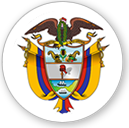

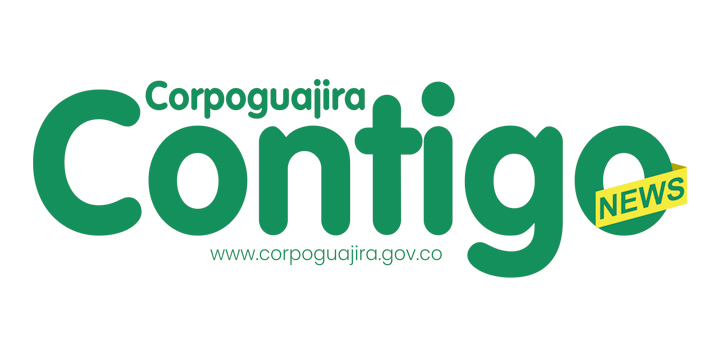



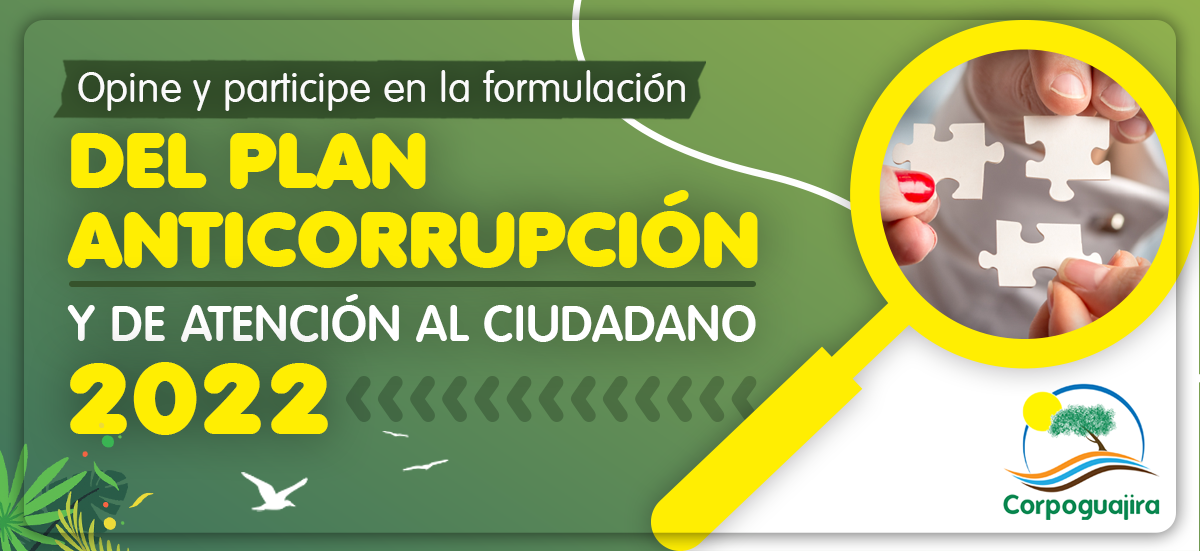
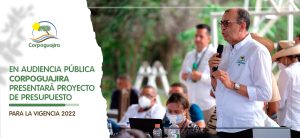



















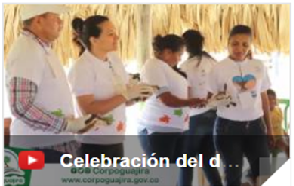


Leave a reply
I am sorry, you should be connected to post a comment.